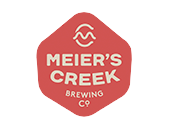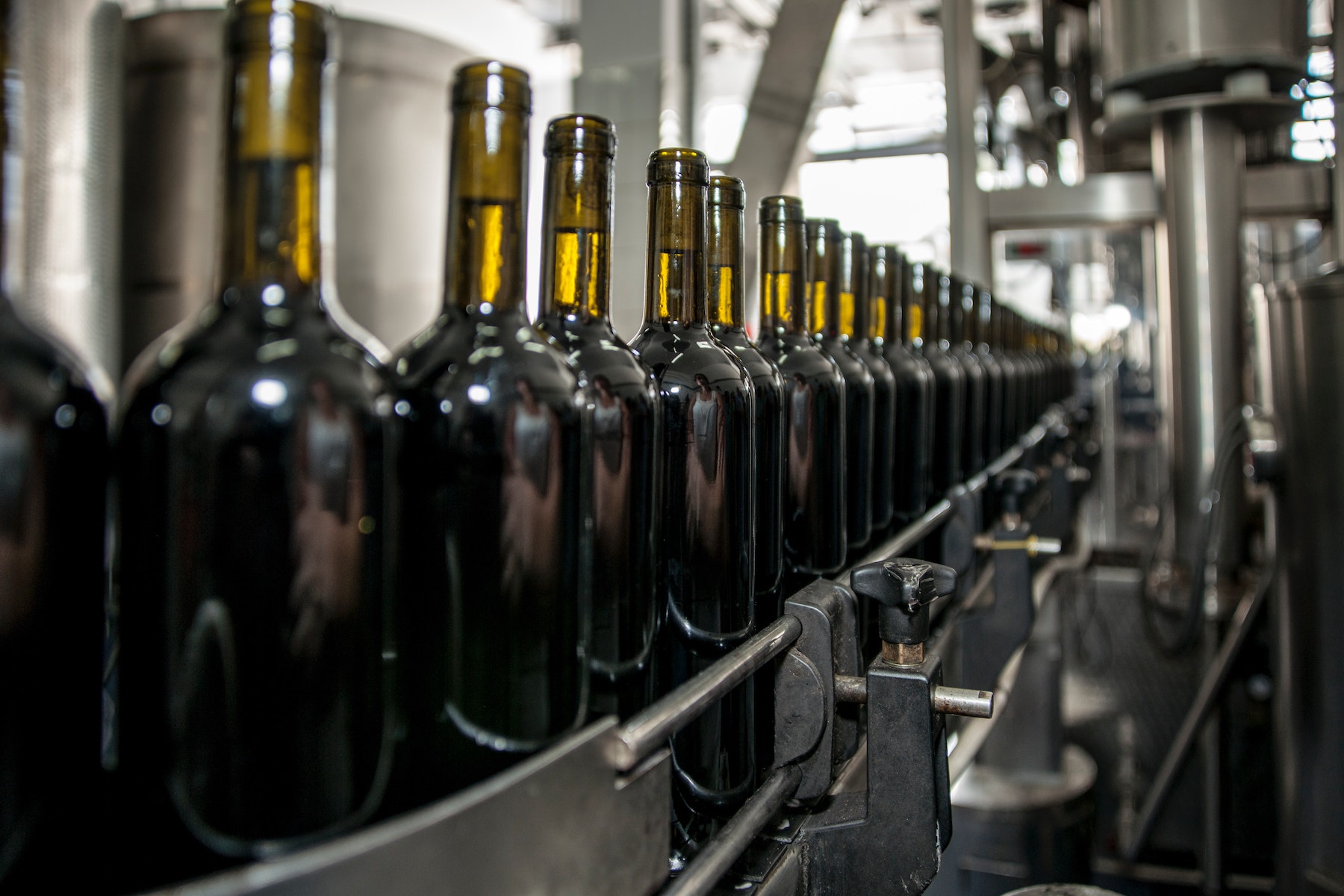Business owners may have differing opinions on the best thing about running a winery or cidery — some may say the process of winemaking itself, others may find pleasure in creating a memorable experience for guests on site, and still others might enjoy the camaraderie with their partners and employees. But we feel safe in suggesting they’d agree on the worst thing: TTB reporting.
While there are many processes and forms required to stay in compliance with the government as a wine or cider business, the TTB Report of Wine Premises Operations (or the TTB’s Form 5120.17, formerly known as the 702) may be one of the most frustrating and confusing to fill out. And, unfortunately, many wineries find out the hard way that doing things manually can take hours, days, or even weeks depending on your experience level.
In this post, we’ll go through some of the basics about when the form is due, what’s required, and how you can save yourself the headache (and time) of filling it out manually.
The Basics: Due Dates & Instructions
All bonded wineries and bonded wine cellars (as classified by the TTB) are required to complete Form 5120.17 on a regular basis. The frequency of filing — monthly, quarterly, or annually — depends on the size of your business.
Report of Wine Premises Operations Due Dates
- January 15th for annual reporters. Criteria: No more than 20,000 gallons of wine on hand at any time and you file an annual federal excise tax return.
- April 15th, July 15th, October 15th and January 15th for quarterly reporters. Criteria: No more than 60,000 gallons of wine on hand at any time and you file quarterly federal excise tax returns.
- 15th day after the close of any month of reportable operations for monthly reporters. Criteria: More than 60,000 gallons of wine on hand at any time or you pay more than $50,000 in federal excise tax each year.
(Find more information on the TTB’s website.)
TTB Report of Wine Premises Operations Instructions
You can find the Report of Wine Premises Operations form here on the TTB’s website, along with their line-by-line guide to filling out the document. This extensive explanation can take some time to digest, and that doesn’t even include actually finding the data you need to include in your submission. The instructions themselves are more than five two-column pages long!
We’d risk writing the longest blog we’ve ever written by explaining all the details of the 5120.17, but in general the sections covered are:
- Summary of Wines in Bond — Bulk Wines and Bottled Wines
- Summary of Distilled Spirits
- Summary of Materials Received and Used
- Summary of Distilling Material and Vinegar Stock
- Wine in Fermenters [at] End of Period
- Summary of NonBeverage Wines
- Special Natural Wines
How to Save Time on the TTB 5120.17
We hope you’re reading this well in advance of when you need to fill out your report next, because there’s no quick-fix or workaround to completing the Report of Wine Premises Operations. The best way to shorten the time it takes to find the information you need is to keep painstakingly accurate records of your inventory and production activities as they happen so your data is up to date and ready to report when the due date arrives.
While keeping records in notebooks and spreadsheets is one way to handle things, with that method you’ll still have to manually locate and enter all the information into your 5120.17 form. If you’re looking for a better (and faster) way, winery management software like Ekos can help.
When you track all inventory and production movements in Ekos, you can quickly generate a report with many fields in the Report of Wine Premises Operations already filled out. Of this 10-part document, Ekos provides Part I (the lengthiest section), Part IV, and Part VII. Furthermore, the values generated can be clicked to view filtered results of what’s feeding into the cell’s numbers. These numbers will relate to batch and invoice transactions as well as transfers and manual adjustments.
“Ekos allows us to track from raw ingredients all the way through production and provides valuable management information and tax reporting that has improved our record keeping from previous paper methods and spreadsheets.”
– Keith Bishop, Owner & Winemaker at Bishop’s Orchards Winery
In summary, the benefits of doing your TTB reporting as an Ekos user include:
- Accessing pre-populated 5120.17 and excise tax reports generated based on work orders and case goods inventory
- Completing reports faster — one user reported saving 10 hours per month!
- Tracking individual products with specific tags (covers all tax classifications such as <16%, 16%-21%, hard cider, etc.)
TTB report generation is just one of the numerous benefits of using Ekos to manage your wine business. Read more on our website or contact our team to learn about optimizing your inventory, production, sales, and accounting processes with Ekos.
DISCLAIMERS: This material has been prepared for informational purposes only, and is not intended to provide, and should not be relied on for, tax, legal, or accounting advice. You should consult your own tax, legal, and accounting advisors before engaging in any transaction. Furthermore, the information provided on the Ekos-generated Report of Wine Premises Operations is generated using data within Ekos and is our understanding of what should be provided. Please consult a tax representative or the TTB directly for specifics.




